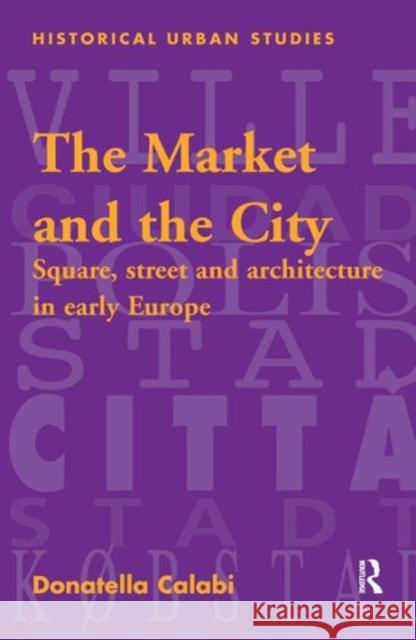The Market and the City: Square, Street and Architecture in Early Modern Europe » książka
The Market and the City: Square, Street and Architecture in Early Modern Europe
ISBN-13: 9780754608936 / Angielski / Twarda / 2004 / 332 str.
The Market and the City: Square, Street and Architecture in Early Modern Europe
ISBN-13: 9780754608936 / Angielski / Twarda / 2004 / 332 str.
(netto: 675,88 VAT: 5%)
Najniższa cena z 30 dni: 654,86 zł
ok. 16-18 dni roboczych.
Darmowa dostawa!
The early modern period is often characterised as a time that witnessed the rise of a new and powerful merchant class across Europe. From Italy and Spain in the south, to the Low Countries and England in the north, men of business and trade came to play an increasingly pivotal role in the culture, politics and economies of western Europe. traders had on the urban history of market places - streets, squares and specific buildings - in some of the great commercial European cities between the 15th and 17th centuries. It looks at how this in period, the transformations of designated commercial areas were important enough to modify relationships throughout the entire urban context. on the same location; but between the middle of the 14th and the first decades of the 17th, their structures began to change as new regulations and patterns of manufacture, distribution and consumption began to install a new uniformity and geometry on the market place. During the period covered by this study, most major European cities undertook the rebuilding of entire zones, constructing new buildings, demolishing existing structures and embellishing others. This book analyses the intentions of innovation, in parallel with the sanitary and hygienic reasons, the juridical regulations of the architecture of certain building types and the urban strategies as efficient tools to better control the economic activities within the city.











